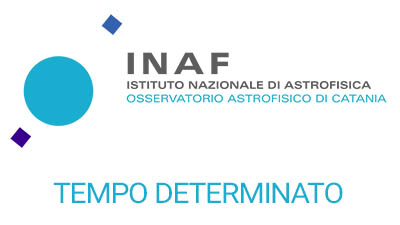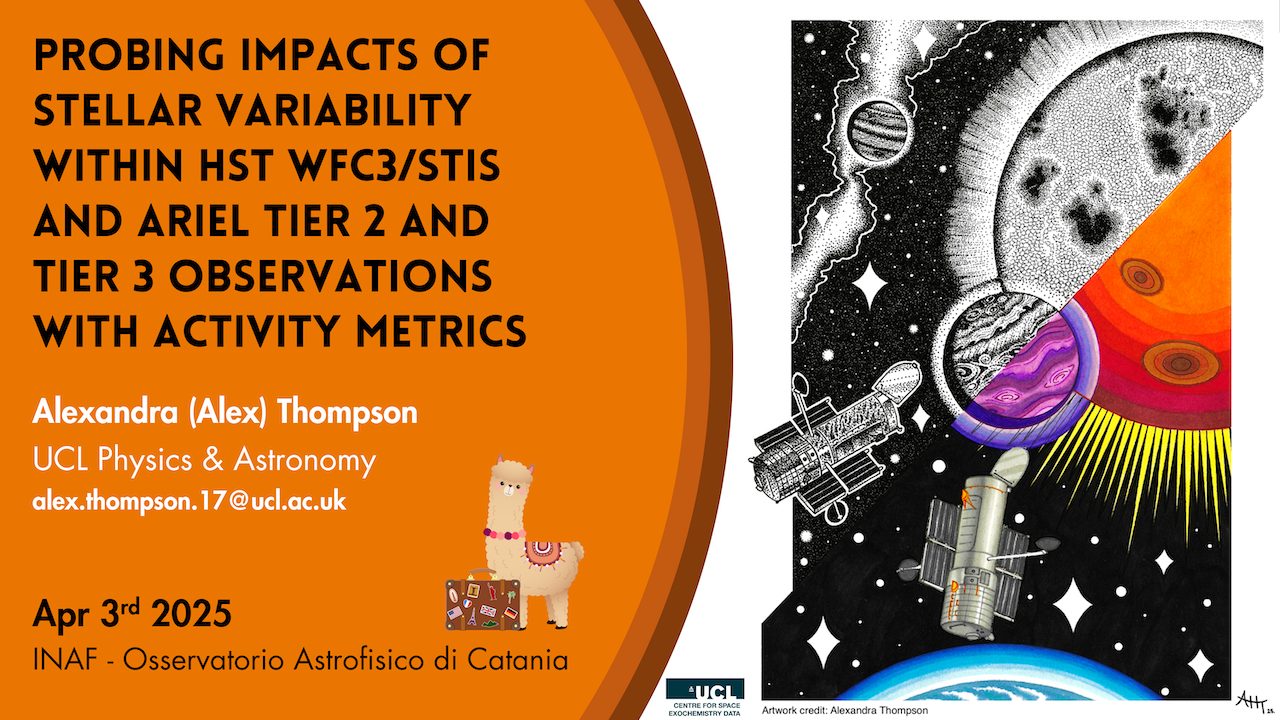D.D. 97/2025 Concorso pubblico, per titoli ed esame, ai fini del reclutamento di una unità di personale con il profilo di “Ricercatore”, Terzo Livello Professionale, con contratto di lavoro a tempo determinato e regime di impegno a tempo pieno, della durata di due anni, eventualmente prorogabile, dal titolo “Data analysis of the solar atmosphere where Space Weather phenomena originate”, nell’ambito del progetto Space-it-up
Concorso pubblico, per titoli ed esame, ai fini del reclutamento di una unità di personale con il profilo di "Ricercatore", Terzo Livello Professionale, con contratto di lavoro a tempo determinato […]

